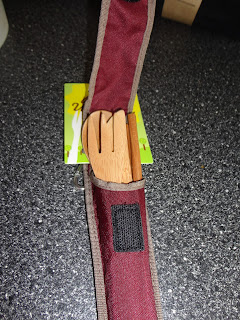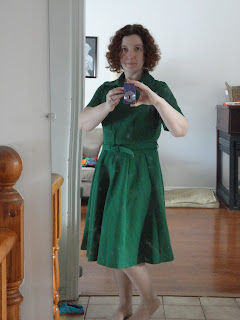1. In many animal studies "BPA has been shown to be a reproductive, developmental, and systemic toxicant, and it is a known endocrine-disruptor." (Plastic Free, Beth Terry, p.20) This translated means that it is linked to breast and prostate cancer as well as developmental disorders such as ADHD. (Attention Deficit Hyperactivity Disorder)
2. The highest levels of BPA are found in children whose bodies are still developing. This is due to the contact they have with the chemical concerning food and food packaging. The exposure combined with the smaller size of a child creates a higher ratio and can affect sexual organ development.
3. Finally, it is well hidden. Many plastic items that come in contact with children's food can now be created and labeled 'BPA Free', but BPA is not just in water and baby bottles! BPA is present in plastic cutlery, plates, reusable Tupperware, plastic wrap, coffee makers and other kitchen appliances, some plastic mugs, soda cans, food cans, plastic toys, dental composites, menstrual pads, book covers, water bottles and jugs, linings of metal lids... the list goes on! 12 Ways to avoid hidden BPA are listed on the Queen-of-Green's blog through David Suzuki's website.
Another hidden source of BPA is thermal paper - the kind that receipts are printed on. "the total mass of BPA on a receipt is 250 to 1,000 times greater than the amount of BPA typically found in a can of food or a can of baby formula." (BPA Coats Cash Register Receipts, Sonya Lunder et. al.) This not only gets on the cashier's and your skin, but then can be tossed into the recycling bin and made into new products like toilet paper. Do you really want to expose THAT area to a reproductive toxicant?
Finally - one last word of caution. Just because a plastic item is toted as being a safer alternative because it is BPA free - does not mean it actually is. Many of these formulas have not been sufficiently tested to see their effects on animals or humans. Some products have just replaced one nasty chemical for another and the new ones can produce more 'Estrogenic Activity' than their counterparts.
"It's not enough for us to know what's not in a plastic product; as citizens, we should have a right to know what is in it." (Terry, p. 20)


















































